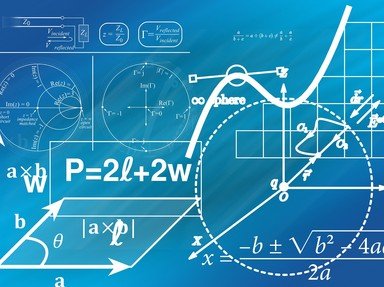Quiz Answer Key and Fun Facts
1. Who said the following famous quote (appears on the intro to this quiz):
"Mathematics is the Queen of all Sciences, and the Theory of Numbers is the Queen of Mathematics."
2. Leonhard Euler extensively worked on graph theory. His study was initiated when he studied the bridges of a famous town. Which town is this?
3. One of the most important and famous theorems in mathematics is the Completeness Theorem. Who first proved it?
4. I am a famous European mathematician of the 20th century. My name is associated with several theorems and conjectures in analytic number theory and several other fields. I have also had an infamous argument with Paul Erdos. Who am I?
5. Many mathematicians are associated with a number called the Erdos number. What does this number represent for a mathematician?
6. Who was supposed to win the latest Fields Medal (2006), but declined it?
7. One theorem, namely the Incompleteness Theorem, is rather infamous in the world of mathematics. Who proved it first?
8. Who formulated the theorem of Quadratic Reciprocity?
9. In 1991, he left his home and disappeared. He is said to now live in southern France or Andorra and to entertain no visitors. Though he has been inactive in mathematics for many years, he remains one of the greatest and most influential mathematicians of modern times.
Who is he?
10. Who first proved the Fundamental Theorem of Calculus?
Source: Author
lordaditya
This quiz was reviewed by FunTrivia editor
crisw before going online.
Any errors found in FunTrivia content are routinely corrected through our feedback system.

